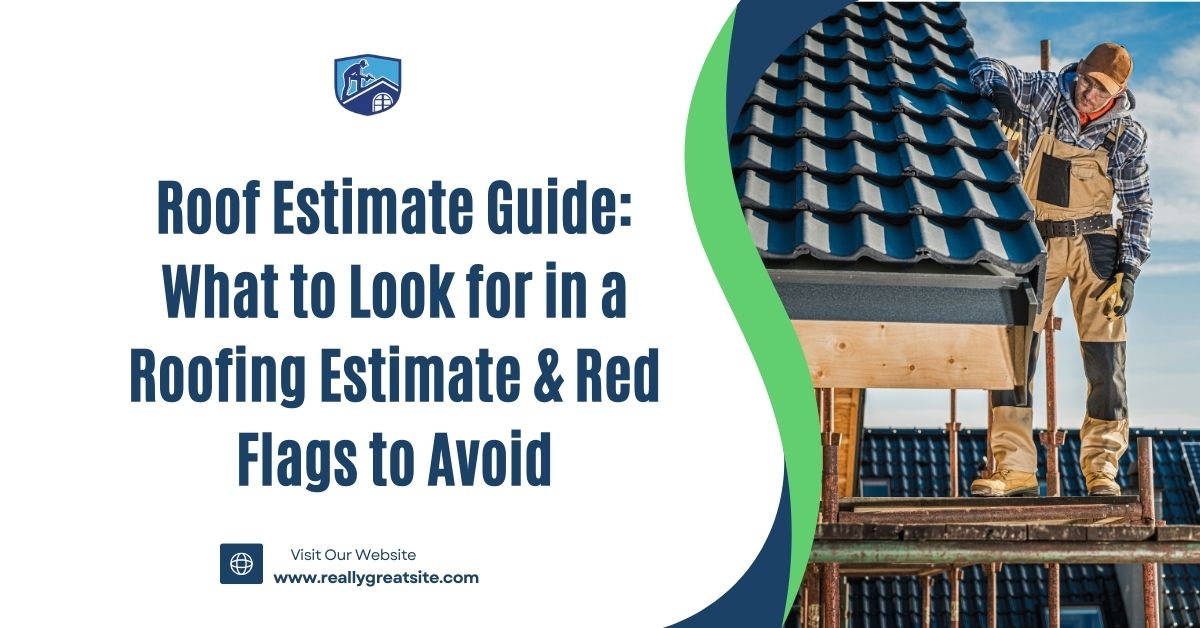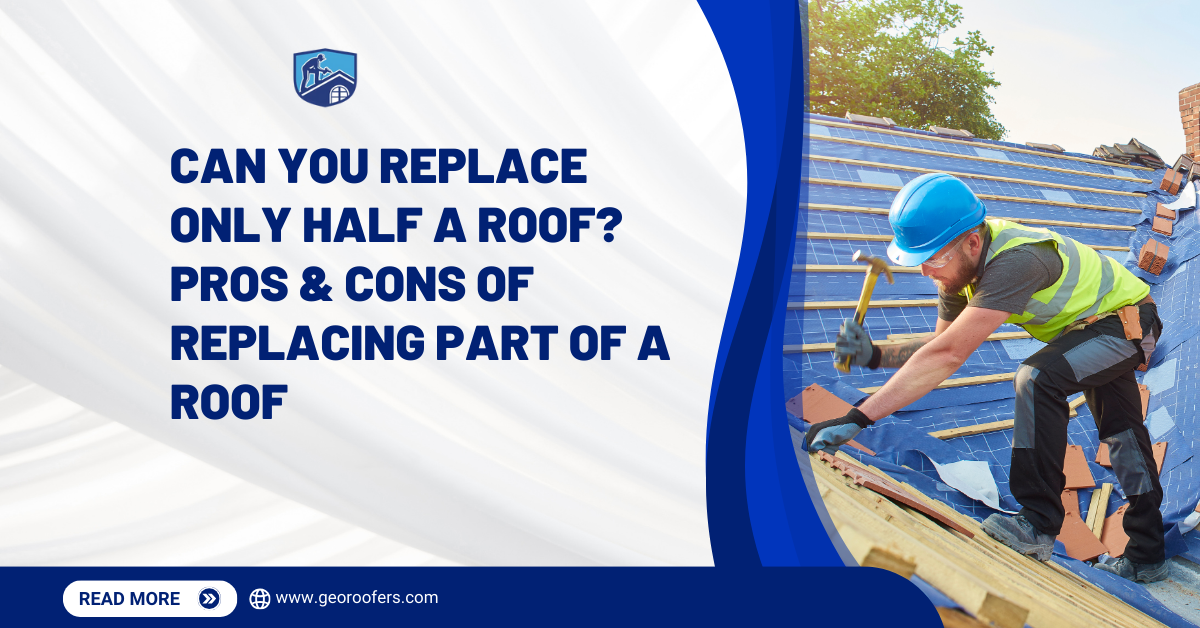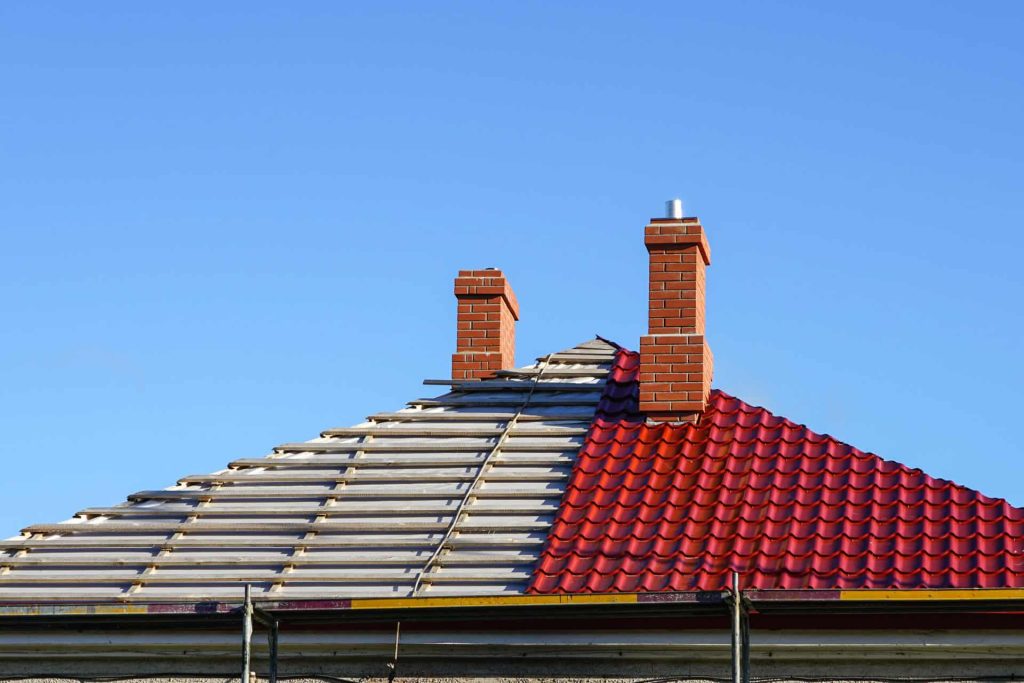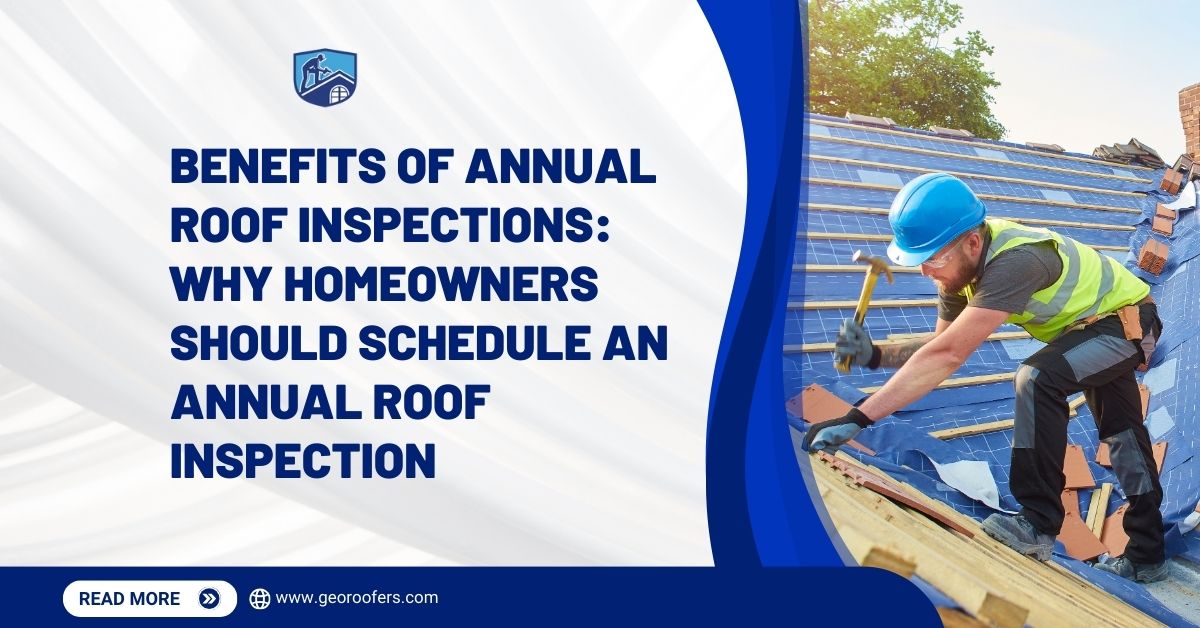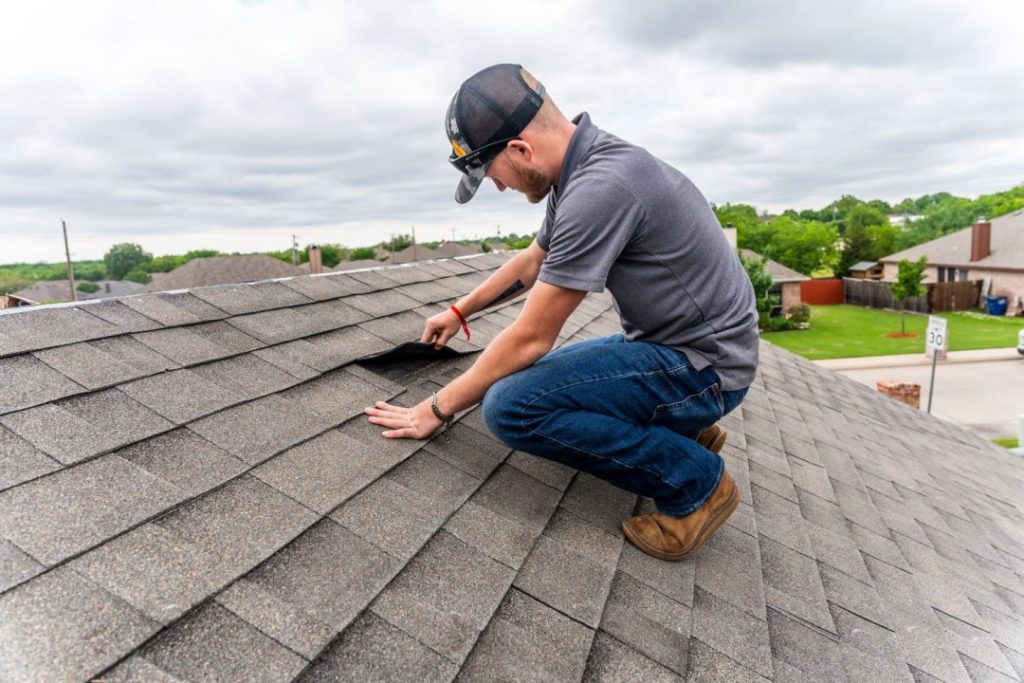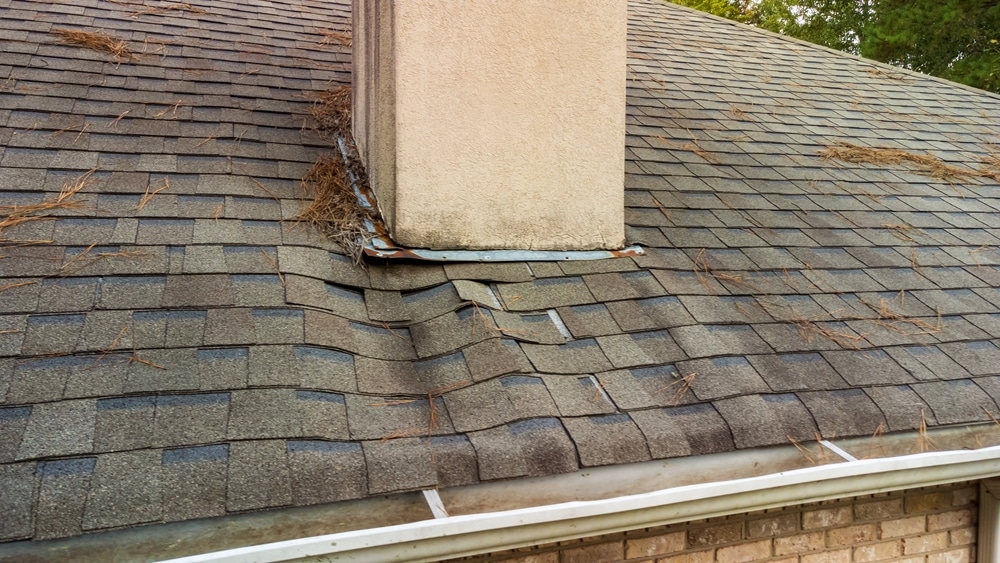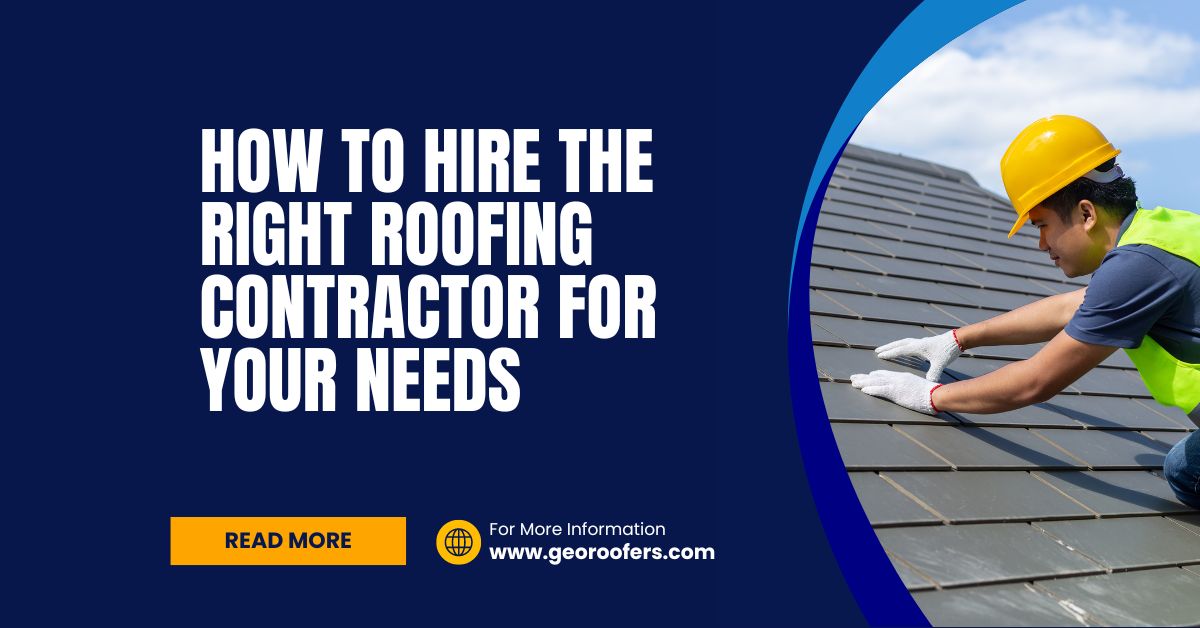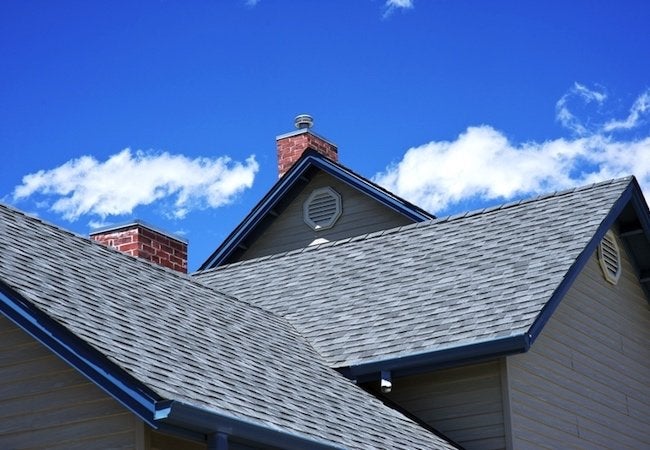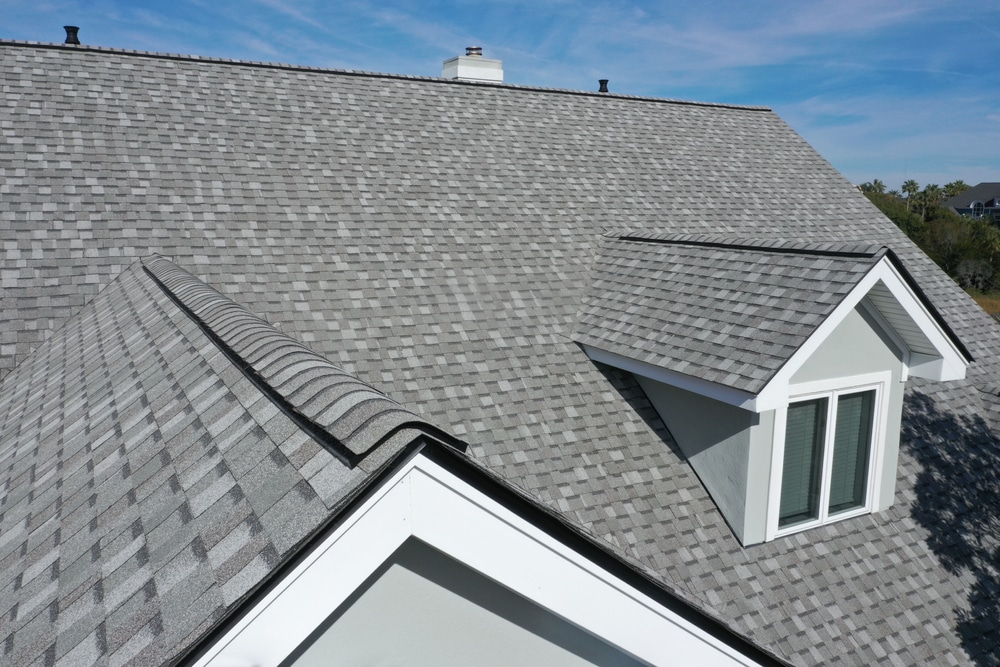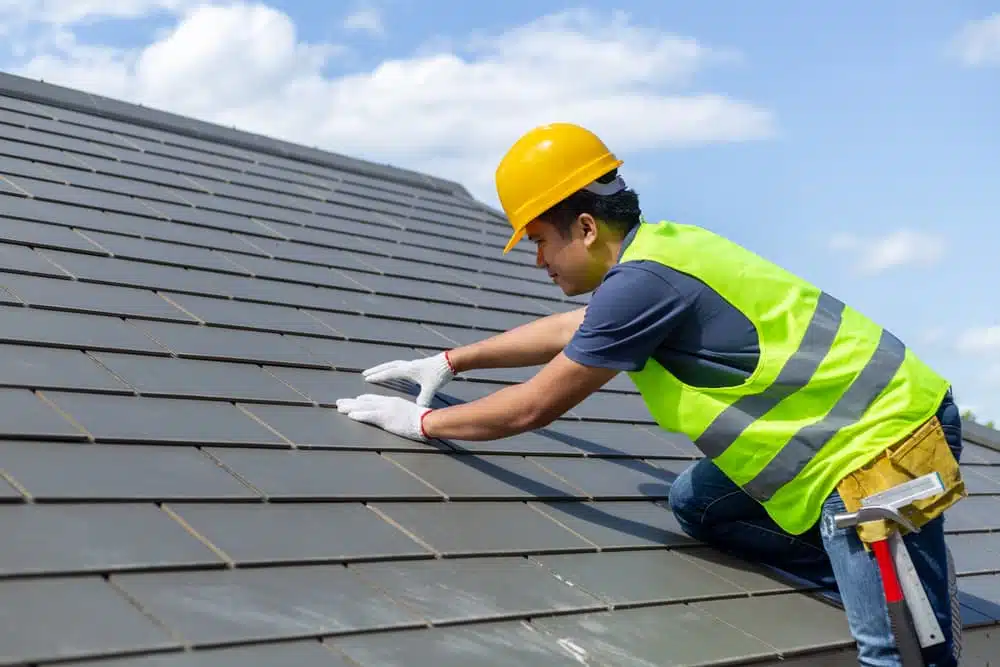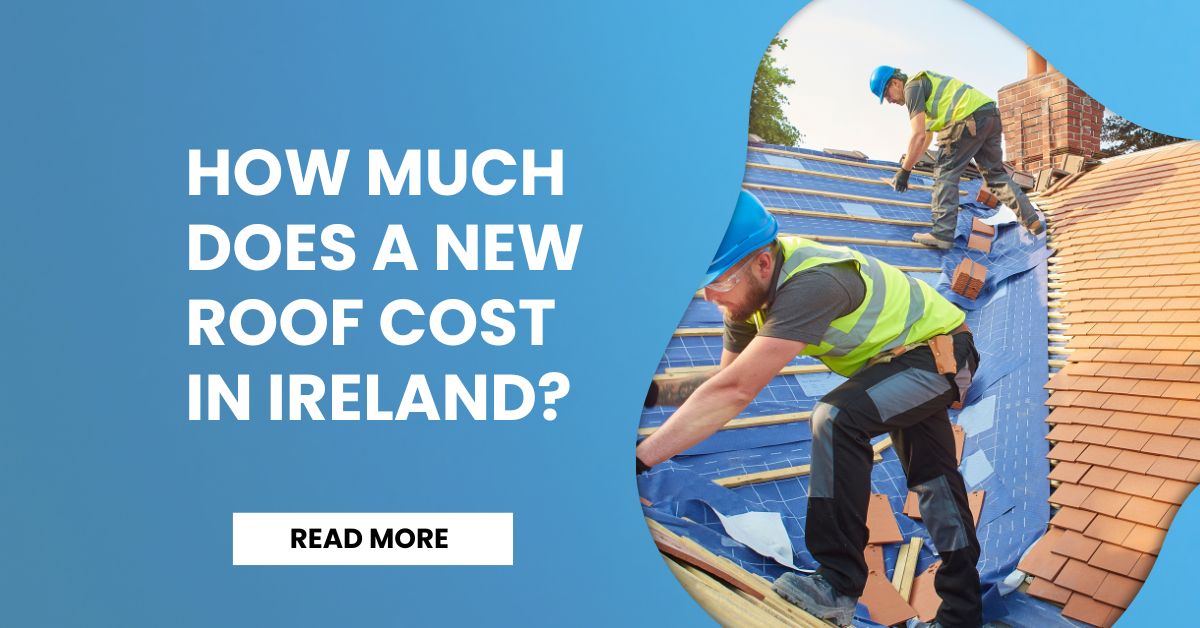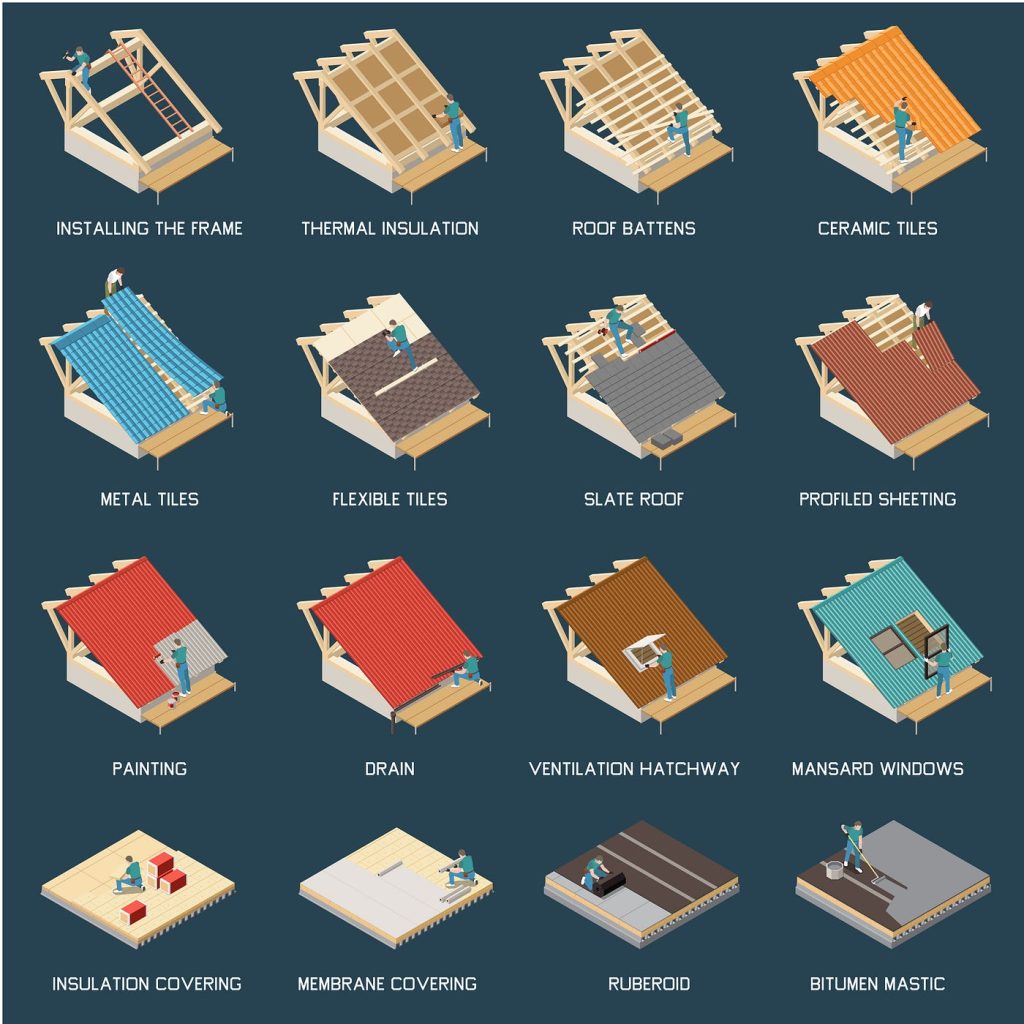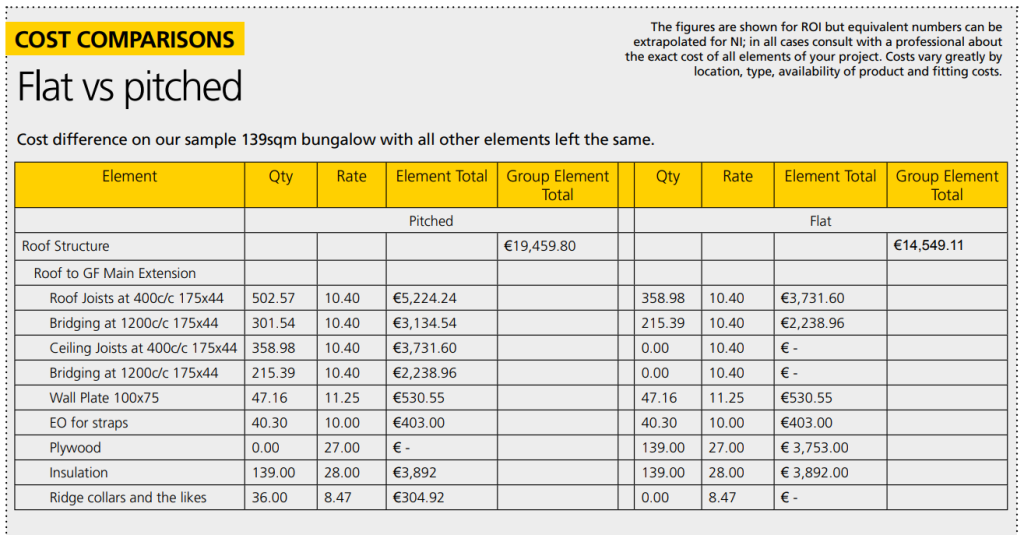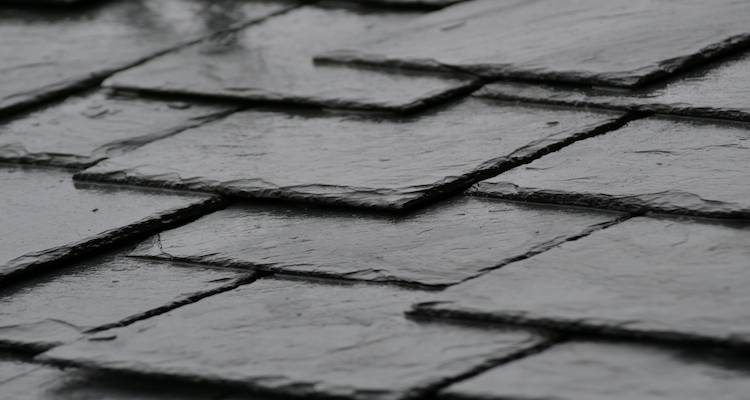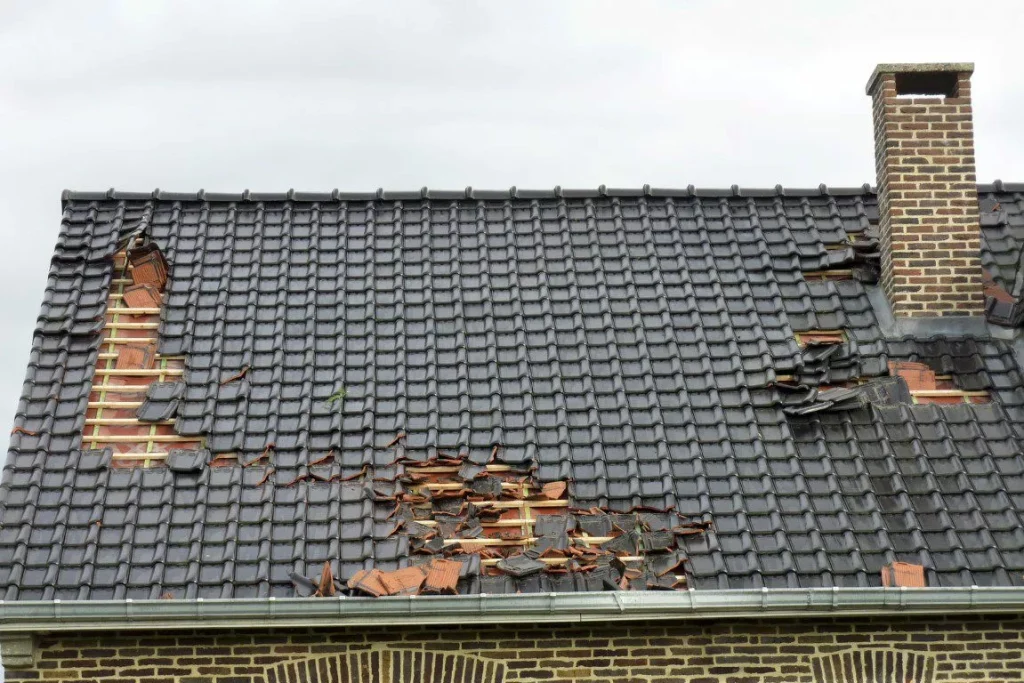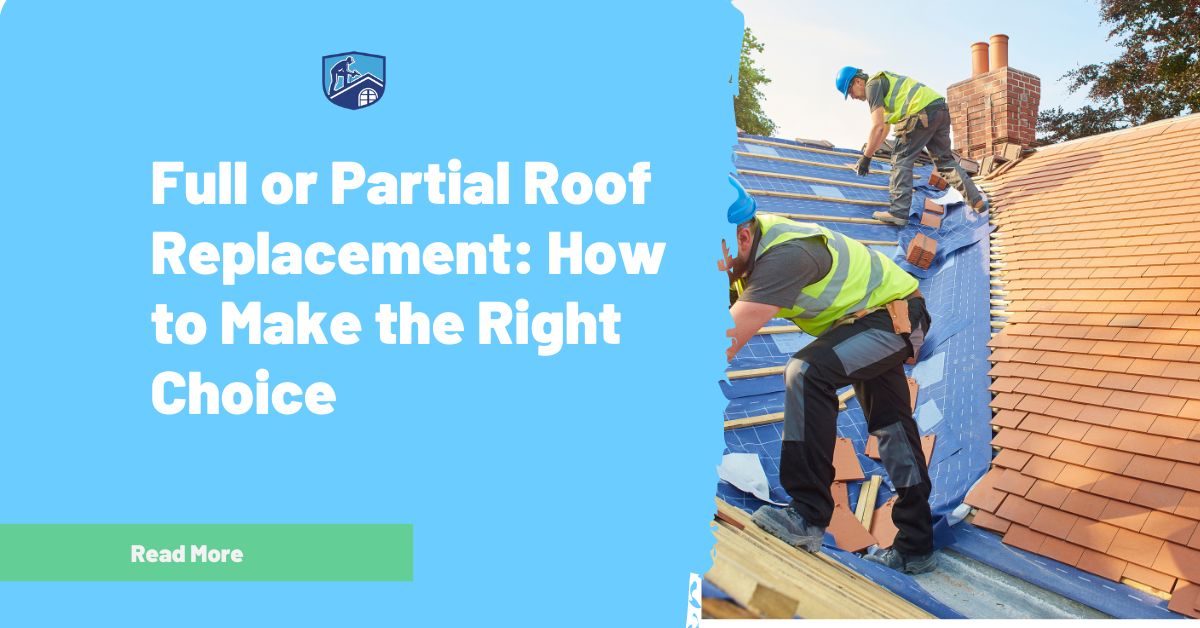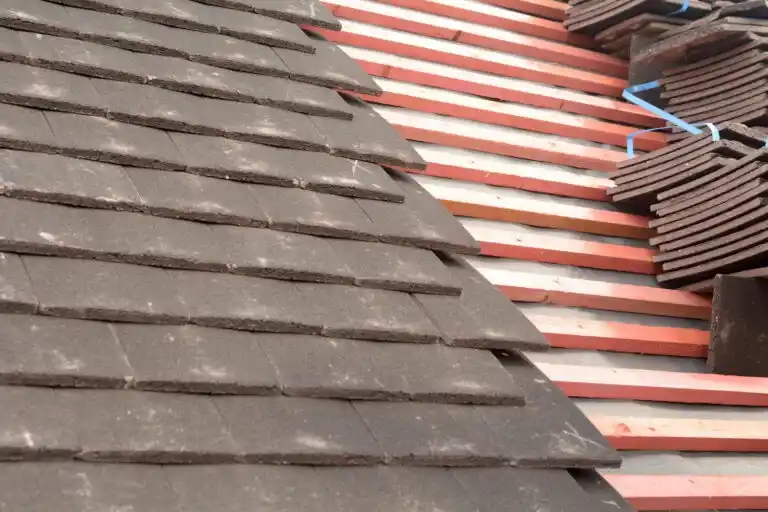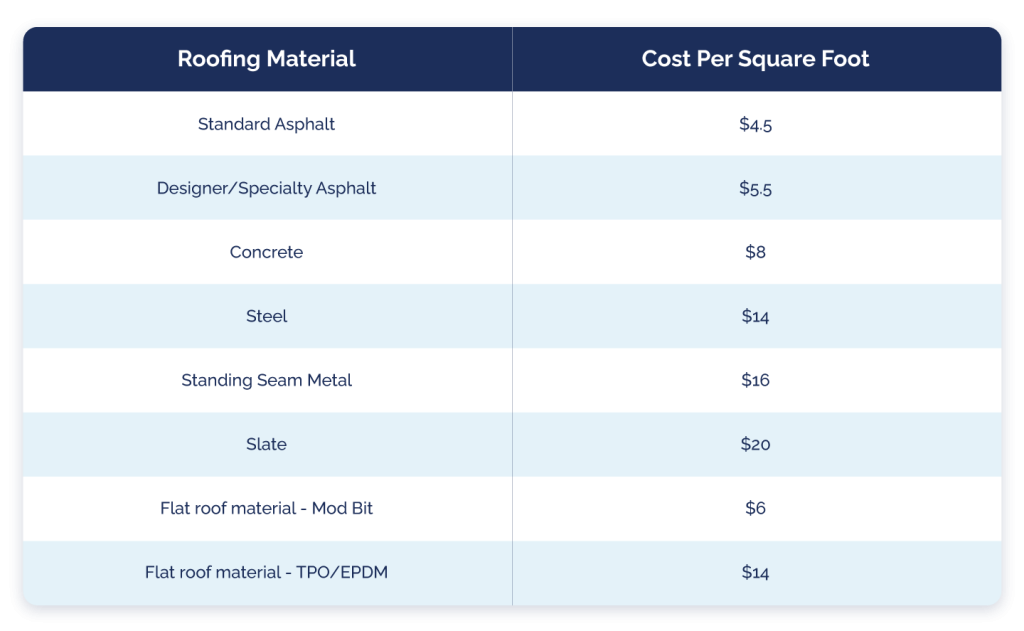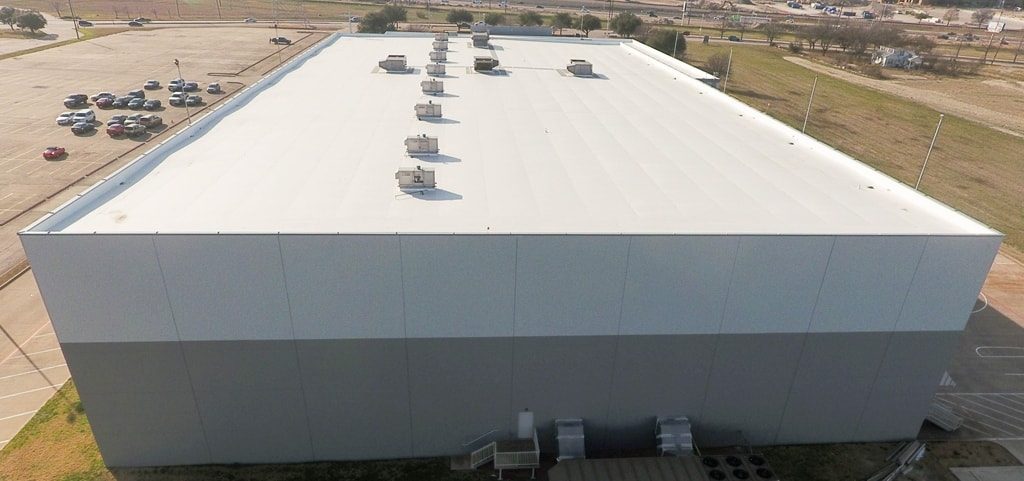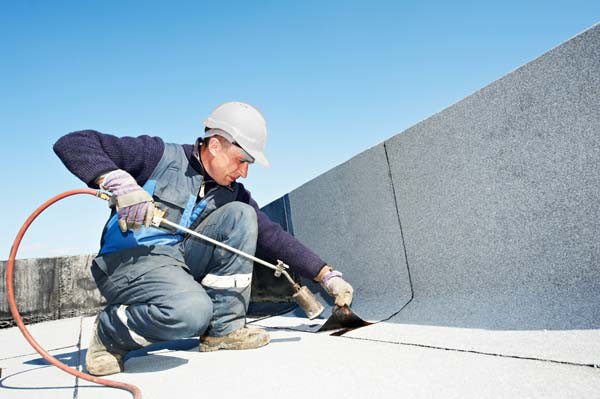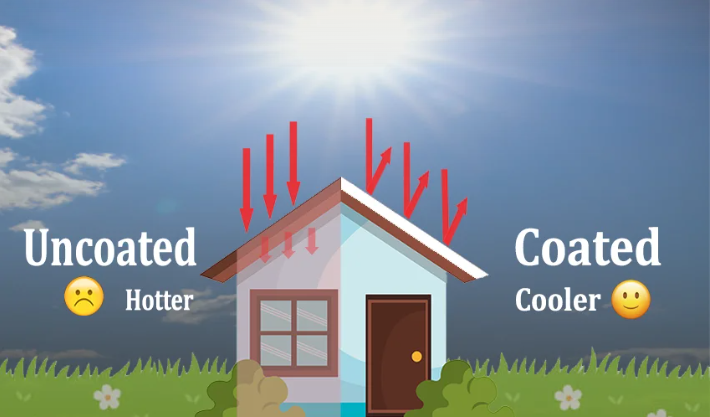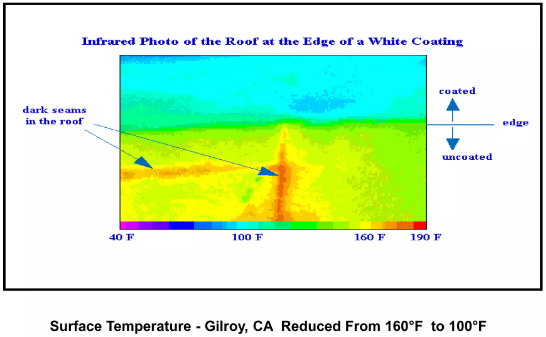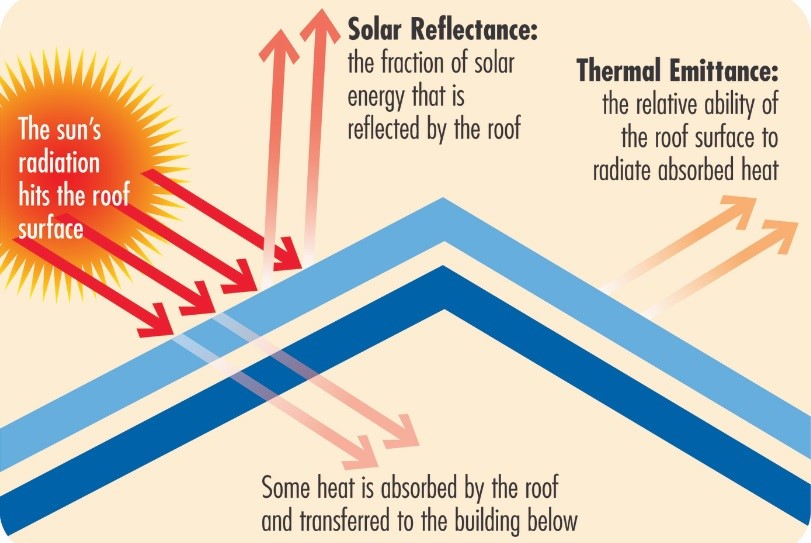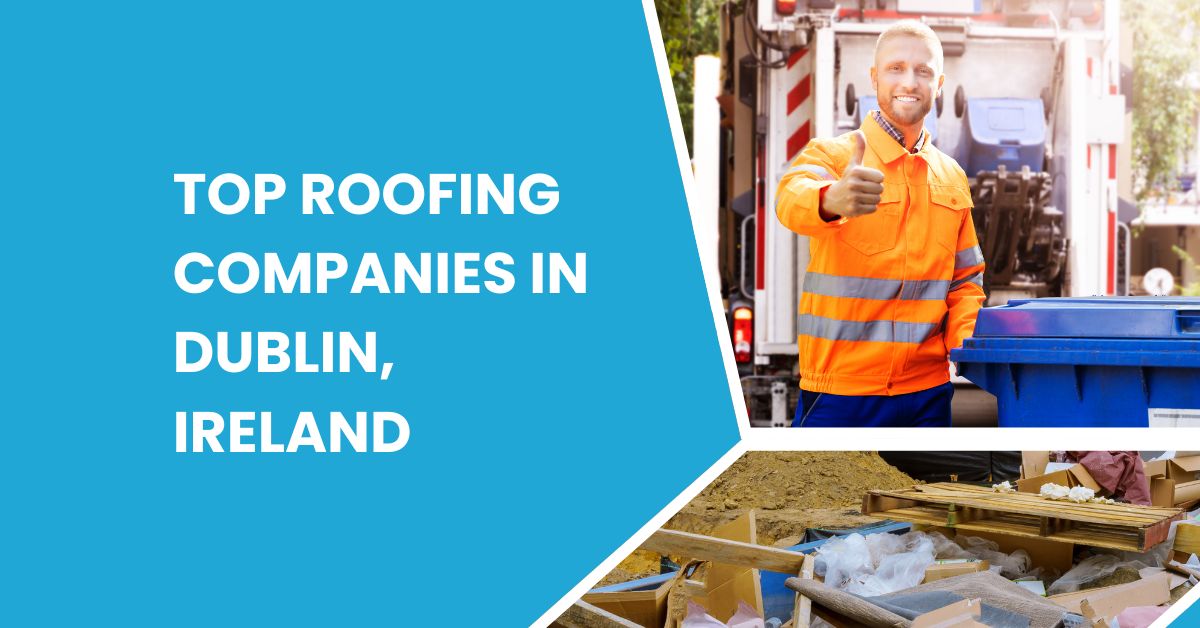
Finding a reliable roofing company in Dublin is essential to ensure quality craftsmanship, durability, and safety. With Dublin’s unpredictable weather and the importance of protecting your home, choosing the right roofing professional can make a significant difference. In this post, we’ve compiled a list of the top 10 roofing companies in Dublin, selected based on their reputation, range of services, customer feedback, and experience. Whether you need repairs, a new roof installation, or general maintenance, these companies are some of the best options available.
Benefits of Hiring a Professional Roofing Company in Dublin
Hiring a professional roofing company offers long-term benefits. While DIY solutions or hiring unlicensed contractors may seem cheaper, professional roofing companies guarantee quality, use durable materials, and ensure compliance with safety regulations. Dublin’s weather can be harsh, with frequent rain and strong winds, so it’s essential to choose a company that understands local weather impacts and offers appropriate roofing solutions. The expertise of a reputable company saves homeowners money on future repairs and maintenance while ensuring the roof remains robust and weather-resistant.
Key Factors to Consider When Choosing a Roofing Company
When choosing a roofing company, it’s essential to keep these factors in mind:
- Licensing and Insurance: Ensure the company is licensed and insured, offering protection against any potential damages or accidents.
- Range of Services: Look for a company that provides a comprehensive range of services, from repair to complete installations and maintenance.
- Experience and Reputation: Established companies with positive reputations tend to offer reliable, high-quality work.
- Customer Reviews and Testimonials: Reading reviews can give you insights into a company’s customer service and reliability.
- Warranty and After-Sales Service: Choose a company that offers warranties on their work, as this can provide peace of mind for future issues.
Top 10 Roofing Companies in Dublin, Ireland
Here are the top 10 roofing companies in Dublin, each known for its expertise and customer satisfaction.
1. Dublin Roofing Services
- Overview: With over 20 years of experience, Dublin Roofing Services specializes in residential and commercial roofing.
- Services: Roof repair, new installations, gutter services, and emergency repairs.
- Customer Reviews: Known for their quick response times and high-quality materials.
- Contact: [Dublin Roofing Services], Phone: [01 8120883 / 087 3852315]
2. Ace Roofing Dublin

- Overview: Ace Roofing has a reputation for delivering high-quality roofing solutions at competitive prices.
- Services: Roof repair, chimney repair, and slate roof installations.
- Customer Reviews: Customers praise their attention to detail and excellent after-service care.
- Contact: [Ace Roofing Dublin], Phone: [+35-385-730-5786]
3. Roofers Dublin

- Overview: A family-owned business with a commitment to customer satisfaction and quality workmanship.
- Services: Residential and commercial roofing, flat roofs, and lead work.
- Customer Reviews: Reliable service with highly skilled roofers.
- Contact: [Roofers Dublin], Phone: [Phone number]
4. Irish Roofers

- Overview: Offering extensive experience in Dublin’s roofing industry, Irish Roofers focus on quality and efficiency.
- Services: Emergency repairs, gutter cleaning, roof restoration, and more.
- Customer Reviews: Known for prompt service and transparent pricing.
- Contact: [Irish Roofers], Phone: [086 050 8558]
5. Fitzgerald Roofing

- Overview: With decades of experience, Fitzgerald Roofing provides specialized roofing services tailored to each client’s needs.
- Services: Roof repairs, felt roofing, Lead & Copper, Resitrix, Slating/Tiling, Liquid Membrane, and PVC Membrane..
- Customer Reviews: Great reputation for friendly service and quality results.
- Contact: [Fitzgerald Roofing], Phone: [Phone number]
6. D1 Roofing & Gutters
- Overview: This company is known for its expertise in handling Dublin’s challenging weather conditions.
- Services: Roof Installation, Roof Inspection, Roof Repair, and Gutter Repair.
- Customer Reviews: Positive reviews for durable solutions that withstand Ireland’s climate.
- Contact: [D1 Roofing & Gutters], Phone: [+353852398191]
7. Emergency Roofers

- Overview: Emergency Roofers offer reliable and comprehensive roofing services.
- Services: New roof installation, roof inspections, repairs, and Emergency roof repair
- Customer Reviews: Customers appreciate their efficiency and professionalism.
- Contact: [Emergency Roofers], Phone: [0892794080]
8. Dublin City Roofing
- Overview: A trusted name for quality roofing services, Dublin City Roofing serves both residential and commercial clients.
- Services: Roof repairs, flat roof installations, guttering, and more.
- Customer Reviews: Known for fair pricing and quick, reliable work.
- Contact: [Dublin City Roofing], Phone: [01 5820079]
9. Peak Roofing and Building
- Overview: Peak Roofing and Building is dedicated to offering affordable and quality roofing solutions.
- Services: Roof repair, roof leak repair, and Chimney Repair.
- Customer Reviews: Popular for budget-friendly options without compromising on quality.
- Contact: [Peak Roofing and Building], Phone: [0857828222]
10. Allguard Roofing
- Overview: Allguard Roofing provides expert roofing solutions for all types of residential roofs.
- Services: Roof inspections, repairs, chimney maintenance, and leak repair.
- Customer Reviews: Excellent reputation for thorough and affordable roofing solutions.
- Contact: [Allguard Roofing], Phone: [+353868355050]
Tips for Working with Roofing Contractors in Dublin
Once you’ve chosen a roofing company, clear communication is essential to get the desired results. Here are a few tips:
- Ask for Detailed Quotes: Get an itemized quote that includes labor, materials, and any other associated costs.
- Verify Warranties: Make sure you understand the warranty details on both materials and labor.
- Request a Timeline: Discuss and agree on a project timeline to avoid unexpected delays.
- Check Materials: Ask about the materials they use and why they’re suitable for Dublin’s weather.
- Read the Contract Carefully: Ensure all terms, warranties, and project details are in writing.
Conclusion
Choosing a reputable roofing company is key to a successful and durable roofing project. We hope this list of top roofing companies in Dublin helps you find the perfect fit for your needs. Each of these companies has earned a solid reputation for quality work, reliability, and customer satisfaction. Whether you’re repairing a leak, installing a new roof, or need routine maintenance, reaching out to one of these professionals will help protect your property and ensure peace of mind.
Let us know if you’ve worked with any of these companies, or feel free to share your experiences and recommendations in the comments!
